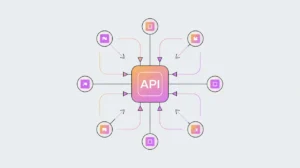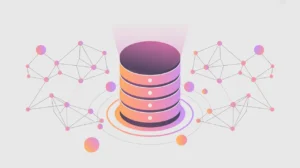Importance of Open Weights vs Closed Weights
Open Weights vs Closed Weights refers to the debate over whether AI models should release their trained parameters publicly or keep them proprietary. Open weights make a model’s internals available for inspection, fine-tuning, and reuse, while closed weights restrict access to protect intellectual property, security, or business advantage. This distinction is shaping the trajectory of AI development today, influencing transparency, innovation, and control.
For social innovation and international development, the choice between open and closed weights matters because it affects who can access and adapt AI for local needs. Open weights may empower communities to build context-specific solutions, while closed weights can limit participation but potentially offer stronger safety controls.
Definition and Key Features
Open weights are typically associated with open-source or research-driven models, where parameters are published alongside code. They allow developers to retrain, adapt, or audit models for transparency and accountability. Closed weights, on the other hand, are held by companies or institutions and accessed through APIs or hosted services. This ensures tighter control but reduces flexibility for users.
They are not the same as open or closed data, which concerns training datasets. Nor are they equivalent to open-source code alone, since a model’s parameters often carry more practical value than the underlying architecture. The weights themselves determine how the model behaves in practice.
How this Works in Practice
In practice, open weights enable broader experimentation, independent auditing, and adaptation to underrepresented languages or contexts. Communities can fine-tune models on local data without starting from scratch. Closed weights, however, offer companies a way to manage risk by preventing misuse and retaining competitive advantage. Hybrid approaches also exist, where models may be released in smaller sizes for research while production-scale versions remain closed.
Challenges include balancing openness with safety. Open weights can be misused to generate harmful content or enable malicious applications, while closed weights can create dependency on a small number of providers. Governance frameworks are increasingly exploring how to manage these trade-offs responsibly.
Implications for Social Innovators
Open vs closed weights directly influences how mission-driven organizations engage with AI. Health programs may benefit from open weights to adapt diagnostic models to local populations, while education platforms may rely on closed-weight services for scalable, safe deployments. Humanitarian agencies could prefer open weights for transparency in crisis contexts but closed services for secure operations. Civil society groups often advocate for open weights to promote accountability and reduce dependency on large corporations.
By navigating the balance between open and closed approaches, organizations can make informed choices about access, safety, and sustainability in their AI adoption.







